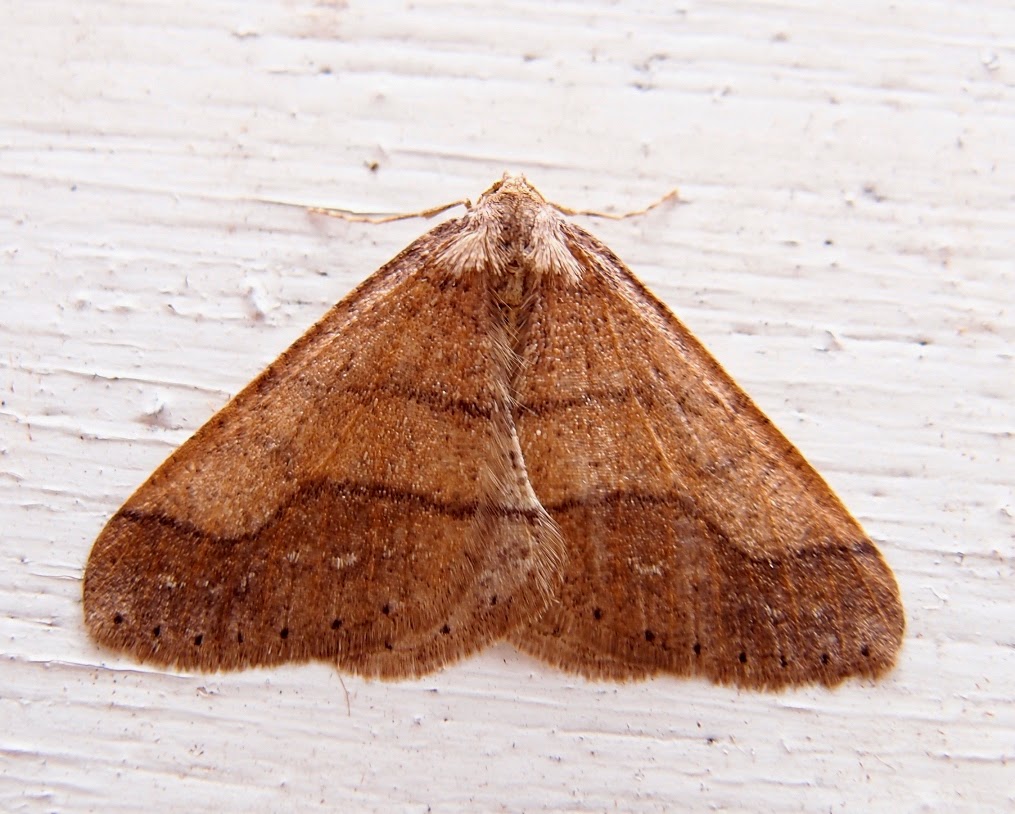The highlights of a short visit to Scotman's Flash yesterday were my first Sand Martins of the year with 4 flying south and another Common Redpoll that was seen in the company of 2 Lesser Redpolls. Chiffchaffs have been turning up here and there all week and one ringed yesterday had 'pollen horns' which is a clear sign of the bird having recently arrived from warmer climes.
 |
| A Chiffchaff with 'pollen horns'. |
 |
| Pollen horns are a sticky residue that mat the feathers around the bill and result from the bird feeding on insects in flowers and possibly from drinking nectar too. |
The moth trap has been producing routine fare all week but on checking it today there was a new species for the garden in the form of a Grey Shoulder-knot. This species is more common in southern England but is much scarcer and more sparsely distributed in the north west.
 |
| Grey Shoulder-knot (Lithophane ornitopus), a first for the garden. |
Grey Shoulder-knot 1
Satellite 1
Twin-spotted Quaker 1
Oak Beauty 1
Early Grey 2
Dotted Border 2
Clouded Drab 5
Hebrew Character 8
Common Quaker 16
 |
| The Satellite (Eupsilia transversa) |
 |
| Dotted Border (Agriopis marginaria) |
 |
| Early Grey (Xylocampa areola) |
 |
| Oak Beauty (Biston strataria) |
 |
| Twin-spotted Quaker (Orthosia munda) |

No comments:
Post a Comment